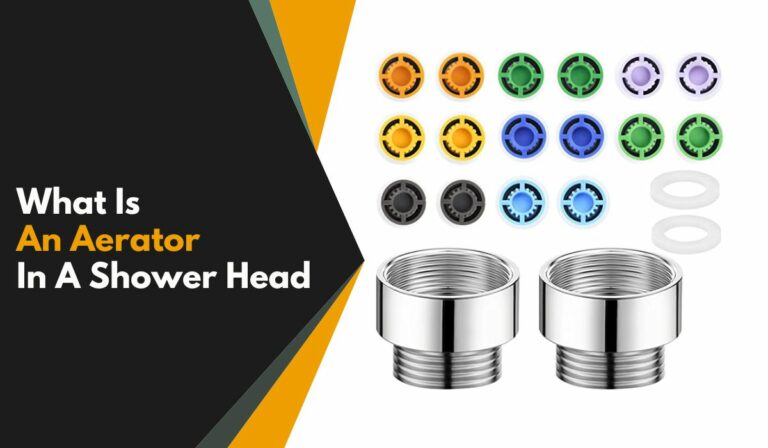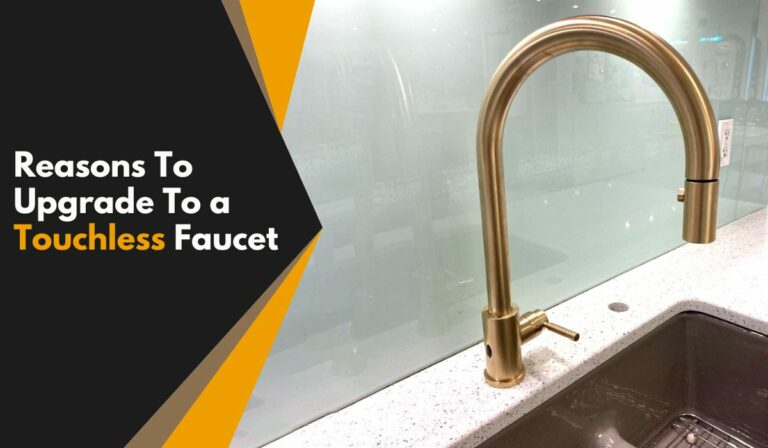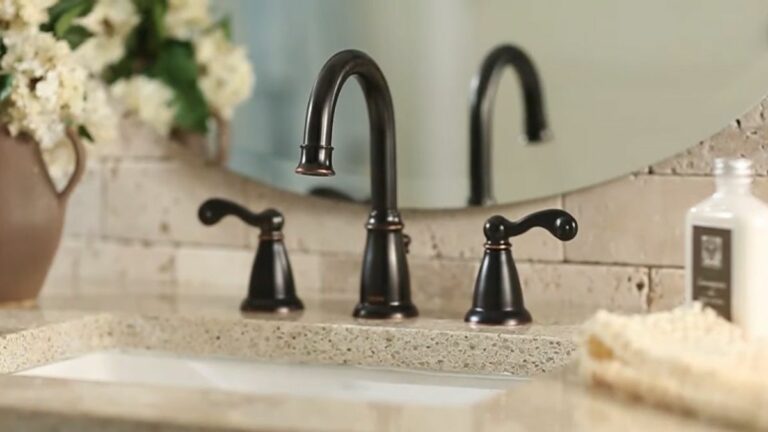Why Is My Bathtub Faucet Dripping
A dripping bathtub faucet might seem like a minor annoyance, but that steady drip can quickly add up to wasted water and increased utility bills. Understanding why your bathtub faucet is dripping is the first step toward fixing it efficiently and preventing further issues. Whether you’re noticing a slow leak or a persistent drip, this guide will help you identify common causes, diagnose the problem, and determine if it’s a DIY fix or time to call in a professional.
Common Causes Of A Dripping Bathtub Faucet
A dripping bathtub faucet isn’t just a nuisance, it’s often a sign that something inside your faucet isn’t working correctly. Knowing the most common culprits can save you time and help you fix the problem faster.
Worn Out Washer Or O-ring
Over time, washers and O-rings inside your faucet wear down due to constant friction and water exposure. Once these rubber parts deteriorate, they fail to create a tight seal, allowing water to leak through. This is by far the most frequent cause of a dripping faucet.
Corroded Valve Seat
The valve seat connects the faucet’s spout to its inlet and creates a seal with the washer. Hard water minerals and debris can corrode or damage the valve seat, compromising the seal effectiveness and causing leaks.
Faulty Cartridge Or Valve Stem
Modern faucets often use cartridges or valve stems to regulate water flow. If these components crack, get clogged, or wear out, the faucet won’t shut off completely, leading to drips.
High Water Pressure Issues
Sometimes, the problem isn’t inside the faucet but with your home’s water pressure. Excessively high pressure stresses the faucet and can cause dripping, even in well-maintained fixtures.
How To Diagnose The Source Of The Drip
Before jumping into repairs, you’ll want to carefully diagnose what’s causing your faucet to drip. Identifying the exact source saves unnecessary part replacements and frustration.
Tools And Safety Precautions For Inspection
Make sure you have basic tools like an adjustable wrench, screwdriver, flashlight, and a cloth. Turn off the water supply to your bathtub before you start, this protects you and prevents flooding.
Step-By-Step Faucet Drip Diagnosis
- Remove the Faucet Handle: Use the screwdriver to gently remove the handle and access the interior parts.
- Inspect the Washer and O-ring: Look for cracks, flattening, or brittleness.
- Examine the Valve Seat: Shine your flashlight inside the valve seat area to check for pitting or corrosion.
- Check the Cartridge or Valve Stem: If your model uses a cartridge, remove it and look for damage or mineral buildup.
- Assess Water Pressure: If the faucet components all appear sound, test your home’s water pressure using a gauge to see if it exceeds 80 psi, which is generally too high.
This step-by-step approach will pinpoint the troublemaker behind the drip.
Simple DIY Fixes For A Dripping Faucet
Once you’ve identified the source, many common faucet drips can be repaired with simple DIY fixes and affordable replacement parts.
Replacing The Washer And O-ring
These rubber parts are inexpensive and widely available. Remove the old washer and O-ring, then carefully install new ones of the same size. Use plumber’s grease to ensure a tight, smooth seal.
Cleaning Or Replacing The Valve Seat
If corrosion caused the leak, try cleaning the valve seat with white vinegar and a soft brush to remove mineral deposits. If damage is extensive, replace the valve seat using a seat wrench.
Switching Out The Faucet Cartridge
Cartridge replacement is straightforward: remove the old cartridge from the faucet body and install a new one that matches your faucet model. This often stops drips caused by worn or damaged cartridges.
When To Call A Professional Plumber
Some faucet issues require expertise beyond basic repairs. Knowing when to reach out to a professional will save you time, money, and potential water damage.
Signs That The Issue Is Beyond DIY Repair
- Persistent drip after replacement of washers and cartridges
- Difficulty removing faucet components without damage
- Signs of corrosion within the plumbing pipes
- Uncertain about safely shutting off water or handling complex repairs
Potential Costs And Risks Of Ignoring The Drip
Ignoring a drip can lead to water waste costing you hundreds of dollars annually. Also, leaks may damage fixtures, flooring, and promote mold growth, resulting in expensive repairs that far exceed the cost of professional plumbing service.
Preventative Tips To Avoid Future Dripping Faucets
To keep your bathtub faucet from dripping in the future, adopting a maintenance mindset can make all the difference.
Regular Maintenance Practices
Schedule regular inspections of your faucet components and replace washers or O-rings every few years to keep them from wearing down unnoticed.
Monitoring Water Pressure Levels
Install a water pressure gauge and keep it below 80 psi. Consider a pressure regulator if your home experiences fluctuations, protecting your plumbing system.
Upgrading Faucet Components For Durability
When replacing parts or faucets, opt for high-quality, corrosion-resistant materials like brass or stainless steel. Investing in durable components can extend the life of your faucet and reduce the likelihood of leaks.
Conclusion
A dripping bathtub faucet may feel like a small problem, but it’s often a sign that a simple fix is needed before the issue worsens. By understanding the common causes, learning how to diagnose the source, and applying straightforward DIY repairs, you can save water, money, and headaches. But, don’t hesitate to call a professional if the situation is beyond basic fixes, addressing it promptly protects your home and plumbing. With regular maintenance and smart upgrades, you’ll keep your faucet drip-free for years to come.



